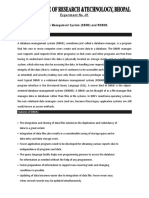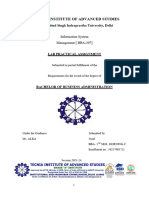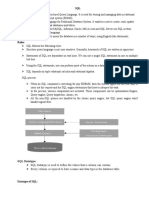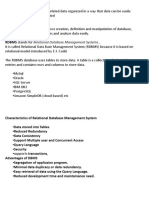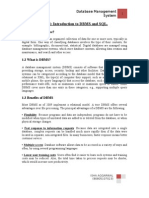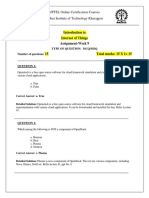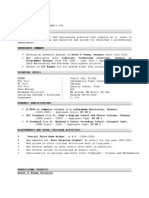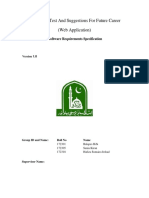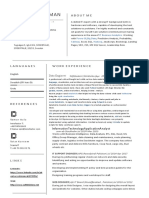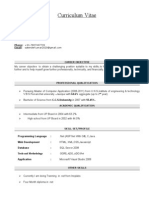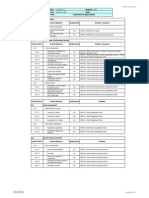0% found this document useful (0 votes)
11 views13 pagesDataBase Foundation Notes - ST25
The document provides a comprehensive overview of Structured Query Language (SQL) and Database Management Systems (DBMS). It covers key concepts such as types of DBMS, SQL commands (DDL, DML, DCL, TCL), SQL operators, and various types of SQL joins. Additionally, it highlights the differences between DBMS and RDBMS, along with examples of SQL syntax and commands.
Uploaded by
apurva613613Copyright
© © All Rights Reserved
We take content rights seriously. If you suspect this is your content, claim it here.
Available Formats
Download as PDF, TXT or read online on Scribd
0% found this document useful (0 votes)
11 views13 pagesDataBase Foundation Notes - ST25
The document provides a comprehensive overview of Structured Query Language (SQL) and Database Management Systems (DBMS). It covers key concepts such as types of DBMS, SQL commands (DDL, DML, DCL, TCL), SQL operators, and various types of SQL joins. Additionally, it highlights the differences between DBMS and RDBMS, along with examples of SQL syntax and commands.
Uploaded by
apurva613613Copyright
© © All Rights Reserved
We take content rights seriously. If you suspect this is your content, claim it here.
Available Formats
Download as PDF, TXT or read online on Scribd
/ 13





